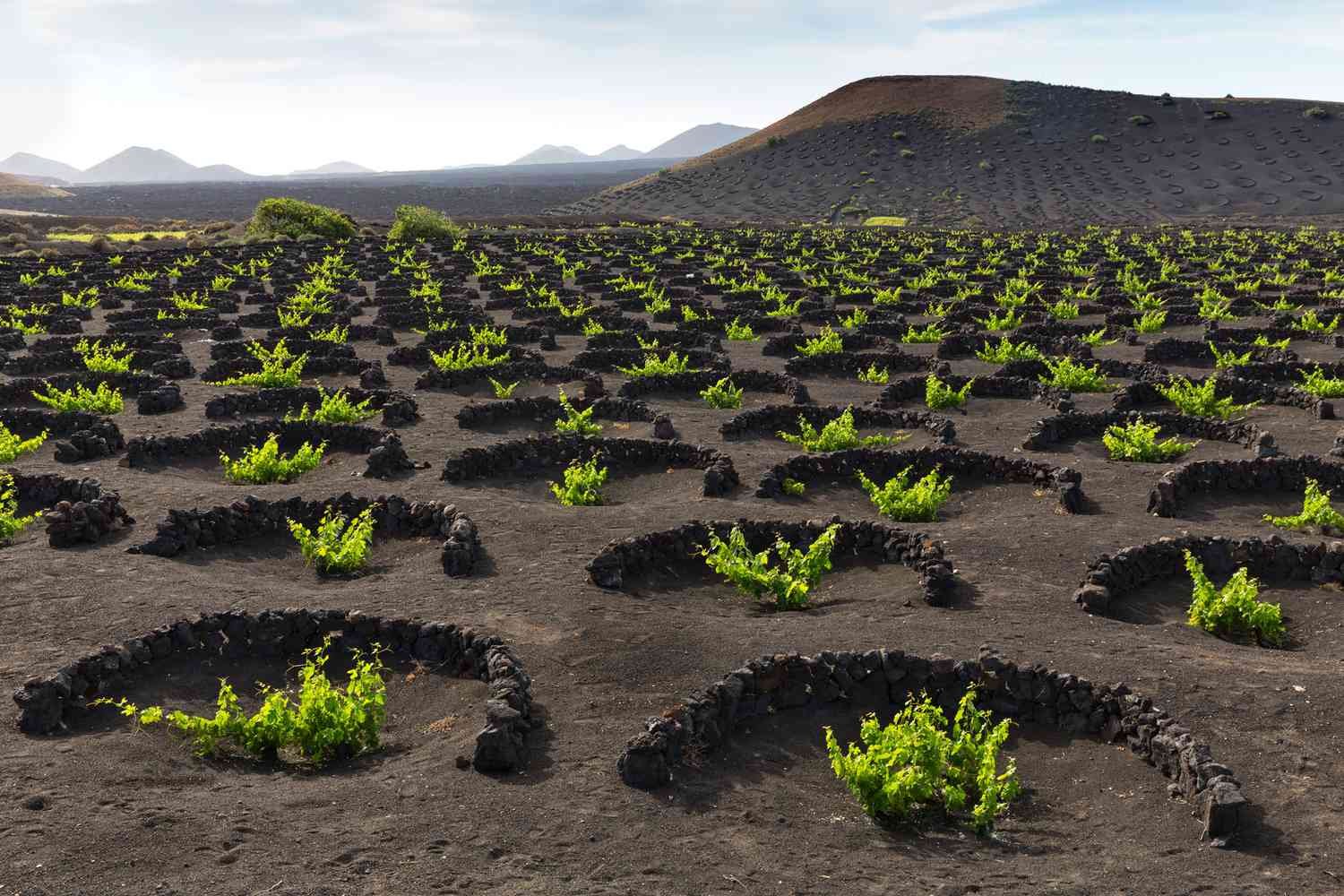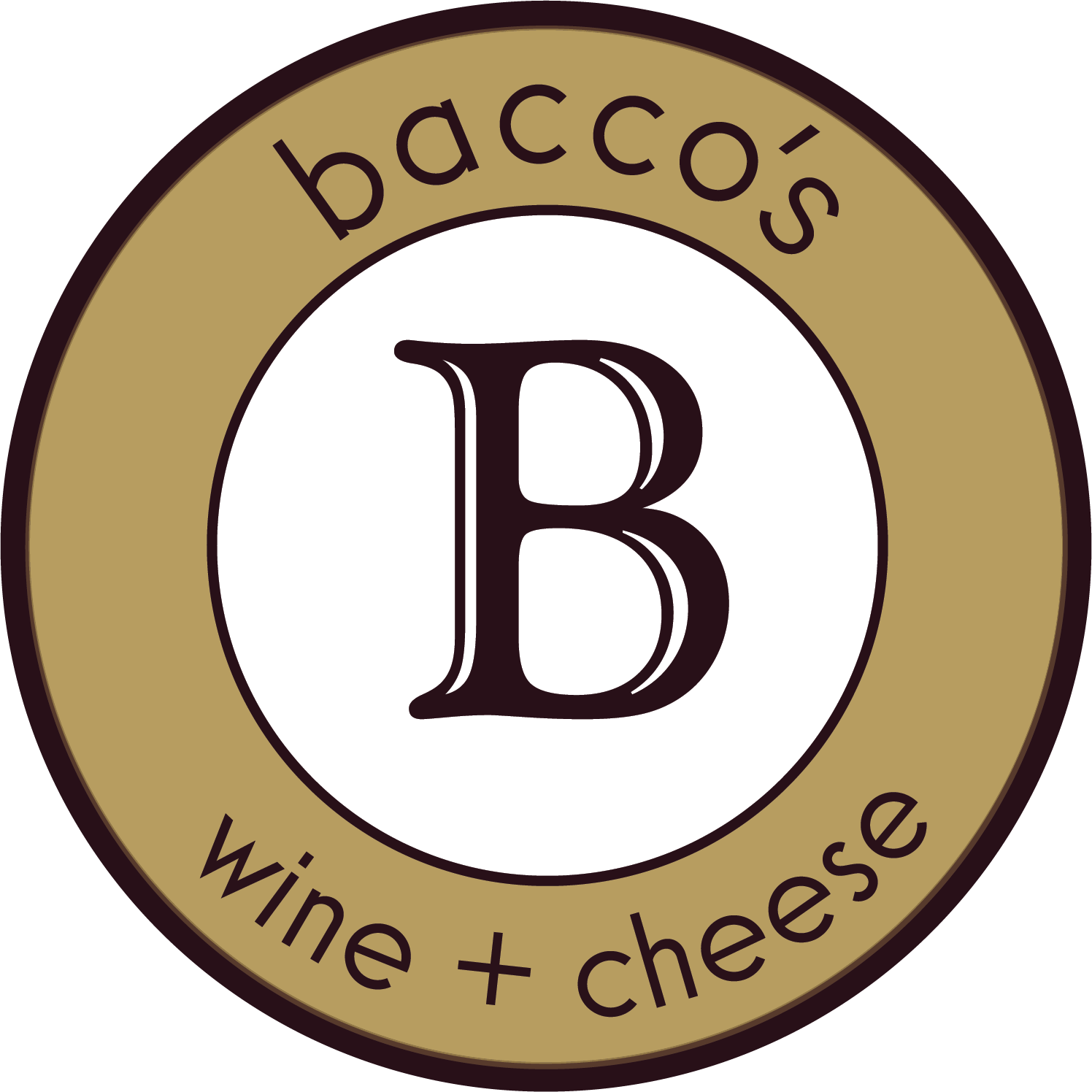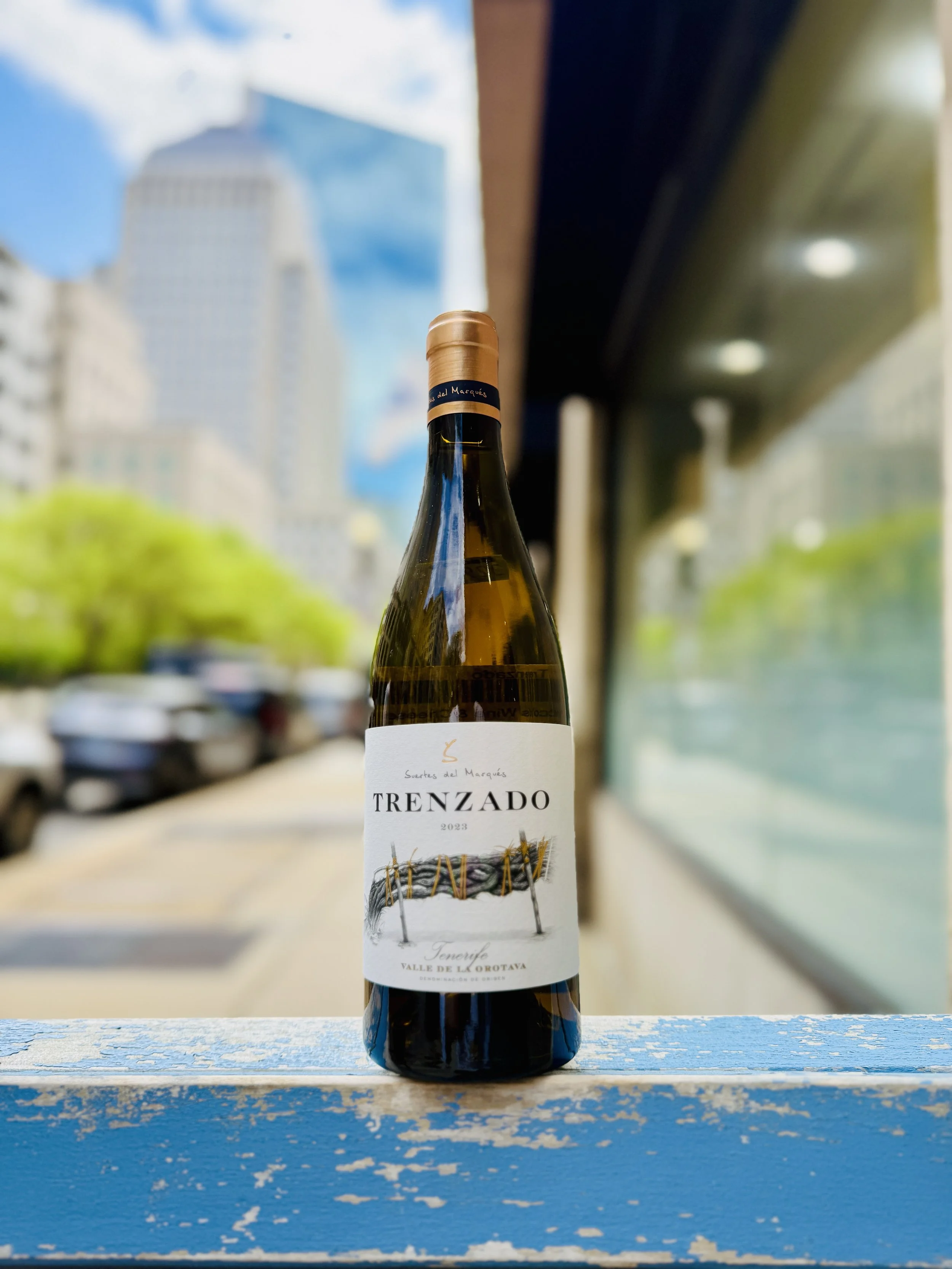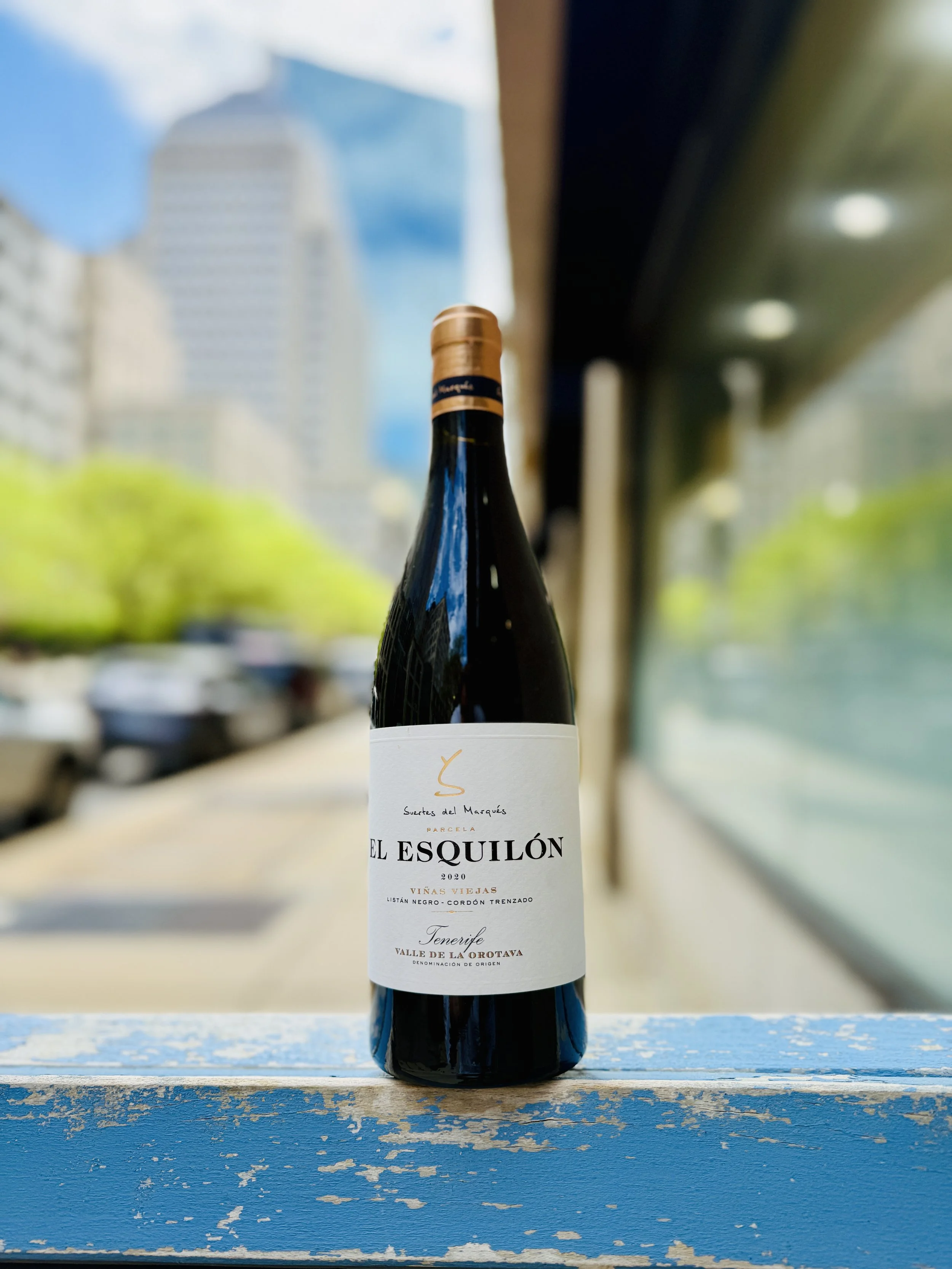
May 2025
Is Spain, Is Not Spain
Bacco’s Wine Club
May 2025
This month, as summer inches closer and borders blur between structure and spontaneity, I'm drawn to the edges of maps, of traditions, and Spain.
While the country is often defined by the classics—Rioja, Albariño, Tempranillo—some of its most compelling wines live far from those headlines. In wind-swept islands and volcanic hillsides, producers are making bottles that don't just resist categorization—they rewrite it.
These wines don’t ask to represent Spain. They simply ask to be heard.
Suertes del Marqués
‘Trenzado’ 2023
Tenerife
Canary Islands
Spain
We begin not on mainland Spain, but off the northwest coast of Africa—in the lush, cloud-kissed valleys of northern Tenerife. This is the Canary Islands: volcanic, remote, and ancient, with a viticultural lineage as wild and knotted as the braided vines that still grow here.
Trenzado takes its name from the traditional vine training system used in La Orotava Valley, where century-old Listán Blanco vines are woven into long, horizontal braids—sometimes stretching over 15 feet. It’s a method born of necessity and reverence, allowing the vines to endure the island’s shifting microclimates and ocean winds.
La Orotava sits in the shadow of Mount Teide, Spain’s highest peak and an active volcano that dominates Tenerife’s interior. The soils here are a mosaic of black sand, basalt, and ash—porous, mineral-rich, and challenging. But vines thrive in hardship, and in this isolated terrain, the resulting wines carry the quiet intensity of the earth they grow from.
Winemaker Jonatan García Lima works with heritage vines—many ungrafted and over 100 years old—farming them sustainably and fermenting with native yeasts in a mix of concrete and neutral foudres. The result is a wine that doesn’t announce itself with fruit. Instead, it builds in layers: lemon oil, lanolin, crushed seashell, and smoke, threaded with a cool Atlantic salinity that feels almost geological.
The palate is tense and textural—more structure than softness—with a finish that tapers off into a kind of quiet clarity. This is not a wine for casual sipping. It’s a wine that demands attention, and rewards it slowly. A white that speaks in the accent of stone and time.
Mesquida Mora
‘Sincronia Negre’ 2023
Mallorca
Baleric Islands
Spain
Farming: Biodynamic, Sustainable Practices
We turn now to the sun-drenched island of Mallorca, where the Mediterranean winds meet the rugged, inland terrain that has long been the heartbeat of the island’s winemaking. Known more for its beaches and resorts, Mallorca’s interior is a land of stone, scrub, and wild herbs—vastly untouched by mass tourism but rich in vinous history.
The Mesquida Mora family has been farming this land for generations, with a vision rooted in sustainability and respect for the land. Bárbara Mesquida Mora, one of the island’s most respected winemakers, tends to vines that are biodynamically farmed, working with native grapes like Callet and Manto Negro—varieties that echo Mallorca’s heritage, even as they push the island’s wine identity forward.
The vineyards, scattered across the hilly interior of the island, sit at an altitude that allows them to catch the cooling Mediterranean breezes while still being kissed by the warmth of the sun. The result is a climate that’s both harsh and generous, producing grapes that retain freshness while capturing the essence of Mallorca’s wild landscape—think wild thyme, rosemary, and dried lavender all suspended in the air.
The Síncronia Negre itself is a red that doesn’t hurry—never rushing to be bold or impressive. Instead, it takes its time to reveal itself, beginning with an aromatic mix of sour cherry, dried herbs, and a faint, dusty rose note. The palate follows in kind, light yet profound, offering a balanced interplay of soft tannins and the earthy warmth that can only come from a place like this.
There’s an undeniable generosity here, but it’s a generosity that knows when to pull back—showing restraint in the face of the island’s heady sun. It’s a red that feels almost effortless, yet there’s a quiet, profound depth that you can return to again and again. The beauty of Síncronia Negre lies not in volume or power, but in its ability to express the soul of Mallorca in a bottle.
Suertes del Marqués
‘El Esquilón’ 2020
El Esquilón Vineyard
Tenerife
Canary Islands
Spain
Farming: Sustainable, Practicing Organic
To understand El Esquilón is to understand Tenerife in its purest form. It’s a place of contradictions: jagged volcanic peaks rise from the ocean, weathered by centuries of wind and salt; fertile valleys cultivate vines whose roots sink deep into layers of basaltic rock; and the sun, always present, burns bright over fields of grapes that thrive despite—no, because of—such harshness.
At 550 meters above sea level, the El Esquilón vineyard rests on fractured, rocky soils, a mix of volcanic ash and minerals. It is a vineyard that demands patience from both grower and drinker. Here, Listán Negro—the island’s noble red grape—finds its voice, growing at an altitude that allows it to ripen in the sun’s warmth but retain a cool restraint.
Jonatan García Lima’s commitment to organic farming and sustainable practices means these vines aren’t just surviving—they’re telling a story. The small plot that produces El Esquilón is special, a single parcel that expresses the island’s volcanic soul in every bottle. It’s a wine of place, one that never hides its origins.
In the glass, El Esquilón is deceptively light—ruby red, almost translucent, but with a presence that feels like the island itself: both restrained and intense. The nose is alive with smoke, blood orange, and crushed rock, each note almost elemental in its rawness. There’s an iron tang, like you’ve stepped onto a hillside after rain, and a faint tea-like bitterness that lingers in the background.
On the palate, it’s precise and elegant, almost architectural in its structure, but with an underlying volcanic energy. The tannins are delicate yet firm, and the wine’s finish is long, its deep intensity punctuated by notes of crushed stone, iron, and a quiet, almost haunting earthiness. It’s not a wine that seeks to impress—it simply tells you what it is, unapologetically, and then leaves you to sit with it.
It’s the kind of wine that doesn’t rush to show its full depth, but when it does, you realize it has taken you somewhere—somewhere far away, high above the Atlantic, where the land meets the sky.



